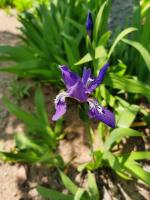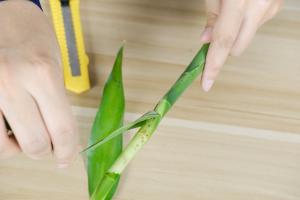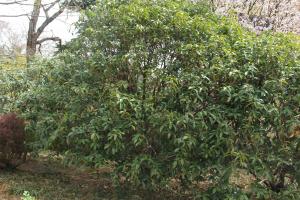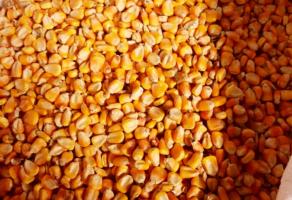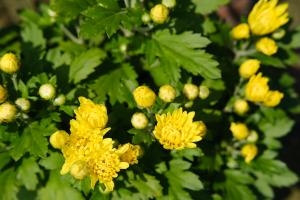1、 Curing method
1. Water: Acacia needs more water during the growth period. Just water it once a day. It should be watered more during the growth period. In winter, just increase the interval
2. Soil: it likes to grow in fertile, breathable and loose soil, and the soil should also be rich in humus, preferably acidic

3. Temperature: the suitable temperature is about 18-35 ℃, and the temperature cannot be lower than 4 ℃. Try to move it indoors in winter, otherwise it will freeze to death
4. Light: it likes to receive sunlight, so it should be placed in a sunny place, which is conducive to its growth. In summer, it needs to be temporarily transferred to a cooler place to avoid being exposed to the hot sun

2、 Breeding skills
1. Reproduction: sowing can be carried out in spring and autumn. Soak the seeds in 60-80 degrees of hot water before sowing. After seven days of heat preservation and moisturizing, the seeds should be put down evenly, put on the soil, and sprout after five days
2. Pruning: in order to maintain the beautiful shape of the potted plant, keep the new buds and branches and leaves. Over dense branches and leaves should be trimmed so that the tree shape will be fuller

3、 Diagnosis and treatment problems
1. Anthrax: after the disease, light brown spots will appear on the branches and stems, and will gradually spread. Cut it off as soon as possible after discovery, and spray it with fungicides such as mancozeb and anthrax Fumei in time
2. Verticillium wilt: after getting sick, we should use Bordeaux liquid, or dixone and other fungicides to spray alternately, and pull out the diseased leaves in time and burn them quickly

4、 Other issues
1. Toxicity: acacia is not toxic, but try not to eat it. You can rest assured when breeding
2. Whether it can be planted at home: Acacia can be planted at home. The planting location should have good light conditions. If it is dark, it will affect its growth


 jackfruit
jackfruit snake plant
snake plant hibiscus
hibiscus hydrangea
hydrangea lavender
lavender Green roses climb al...
Green roses climb al... If you don't pay att...
If you don't pay att... Management of four g...
Management of four g...